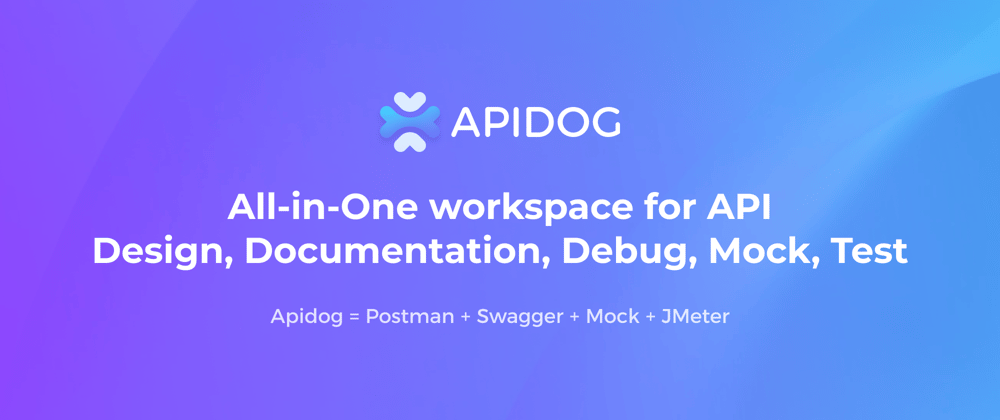How To Open Postman Using Terminal In Ubuntu
Opening Postman from the Terminal in Ubuntu
Opening Postman from the Ubuntu terminal is a convenient way to streamline your workflow, especially when automating tasks or working with scripts. Here’s a step-by-step guide:
1. Installing Postman
- Download: Head to the official Postman website (https://www.postman.com/) and download the appropriate Debian package for your Ubuntu system.
- Installation: Open a terminal and navigate to the download directory. Run the following command:
Replace
Terminal window sudo dpkg -i postman-*.debpostman-*.debwith the actual downloaded filename.
2. Launching Postman
-
Use the
postmancommand: After installation, you can directly launch Postman from the terminal using:Terminal window postmanThis will open the Postman application with your default browser.
-
Specifying the browser: If you want to use a different browser, you can use the
--appflag:Terminal window postman --app=firefoxReplace
firefoxwith the name of your desired browser.
3. Opening Specific Collections or Workspaces
-
Collections: You can open a specific collection using the
--collectionflag:Terminal window postman --collection=my-collection.jsonReplace
my-collection.jsonwith the path to your collection file. -
Workspaces: Similarly, you can open a specific workspace using the
--workspaceflag:Terminal window postman --workspace=my-workspace.jsonReplace
my-workspace.jsonwith the path to your workspace file.
4. Launching Postman in the Background
nohupcommand: To run Postman in the background, use thenohupcommand:This will ensure Postman continues running even if you close the terminal window.Terminal window nohup postman &
5. Integrating Postman with Scripts
- Using
postmancommand within scripts: You can integrate Postman commands directly into your bash scripts. For example:#!/bin/bash# Send a GET request to a specific endpointpostman --url="https://www.example.com/api" --method="GET" --header="Authorization: Bearer your_token"# Check the response status codeif [ $? -eq 0 ]; thenecho "Request successful"elseecho "Request failed"fi
6. Using postman-cli for Advanced Automation
-
Install
postman-cli: Thepostman-clitool provides a more sophisticated command-line interface for Postman. Install it using:Terminal window npm install -g newman -
Run collections using
newman: You can execute a collection withnewmanand use various options like environment variables and reporters. For example:Terminal window newman run my-collection.json -e my-environment.json -r json > results.jsonThis will run the
my-collection.jsonusing the variables defined inmy-environment.jsonand save the results inresults.jsonin JSON format.
By leveraging these terminal commands and the postman-cli tool, you can seamlessly integrate Postman into your automated testing and scripting workflows, enhancing your API testing experience in Ubuntu.
